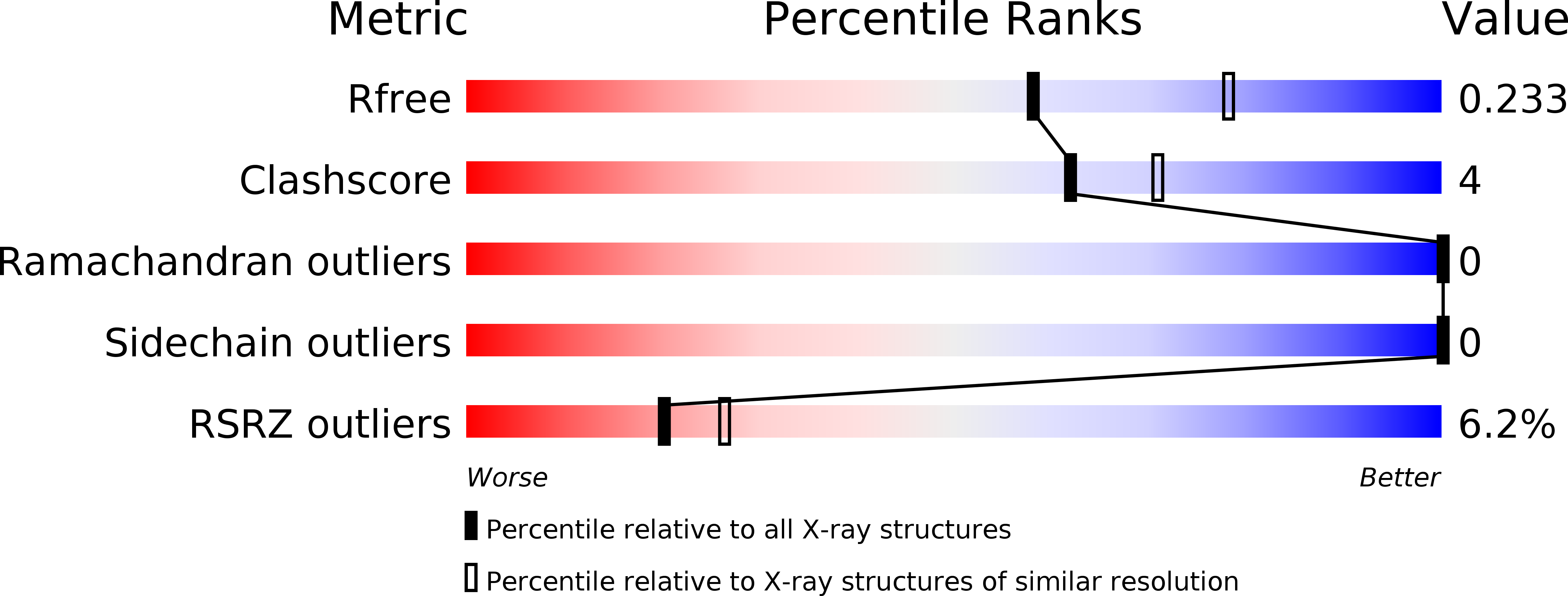
Deposition Date
2018-12-28
Release Date
2019-05-01
Last Version Date
2023-11-22
Entry Detail
PDB ID:
6J1L
Keywords:
Title:
Crystal Structure Analysis of the ROR gamma(C455E)
Biological Source:
Source Organism:
Homo sapiens (Taxon ID: 9606)
Host Organism:
Method Details:
Experimental Method:
Resolution:
2.30 Å
R-Value Free:
0.22
R-Value Work:
0.20
R-Value Observed:
0.20
Space Group:
P 61


